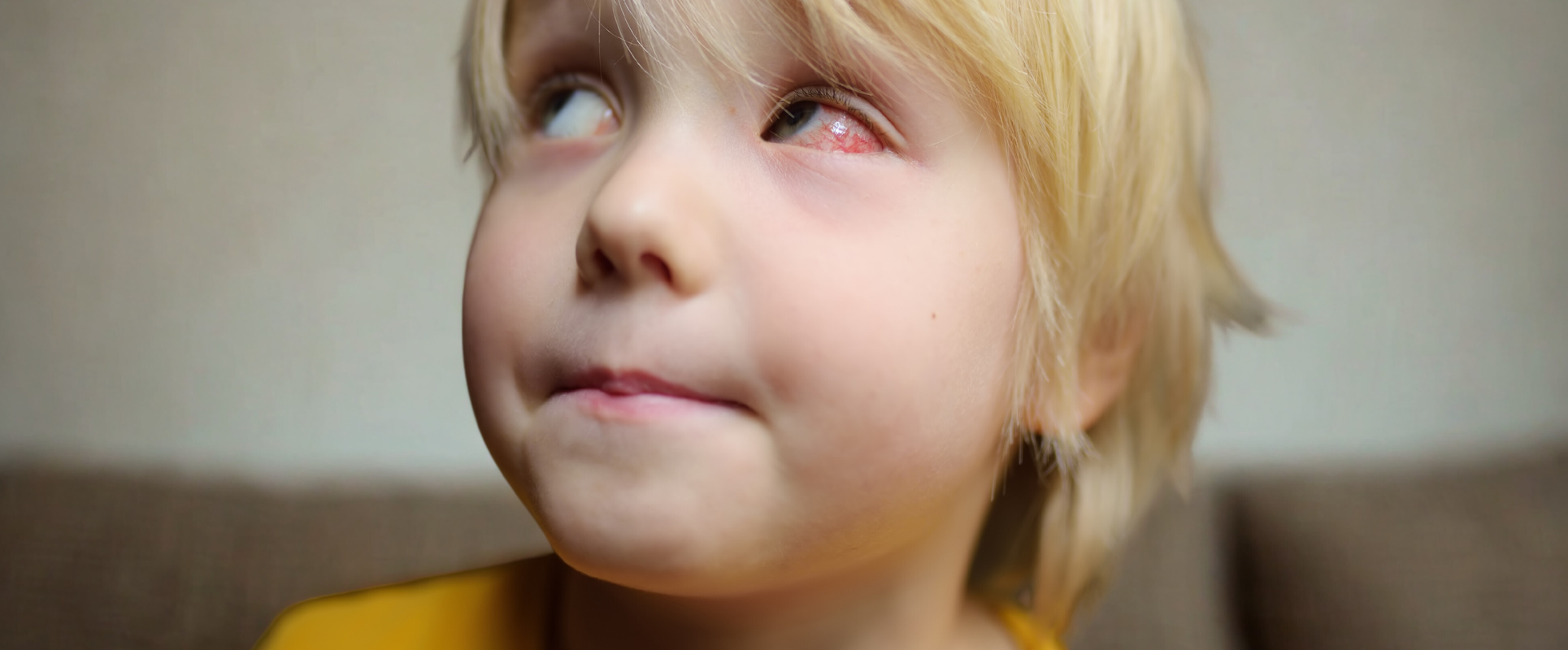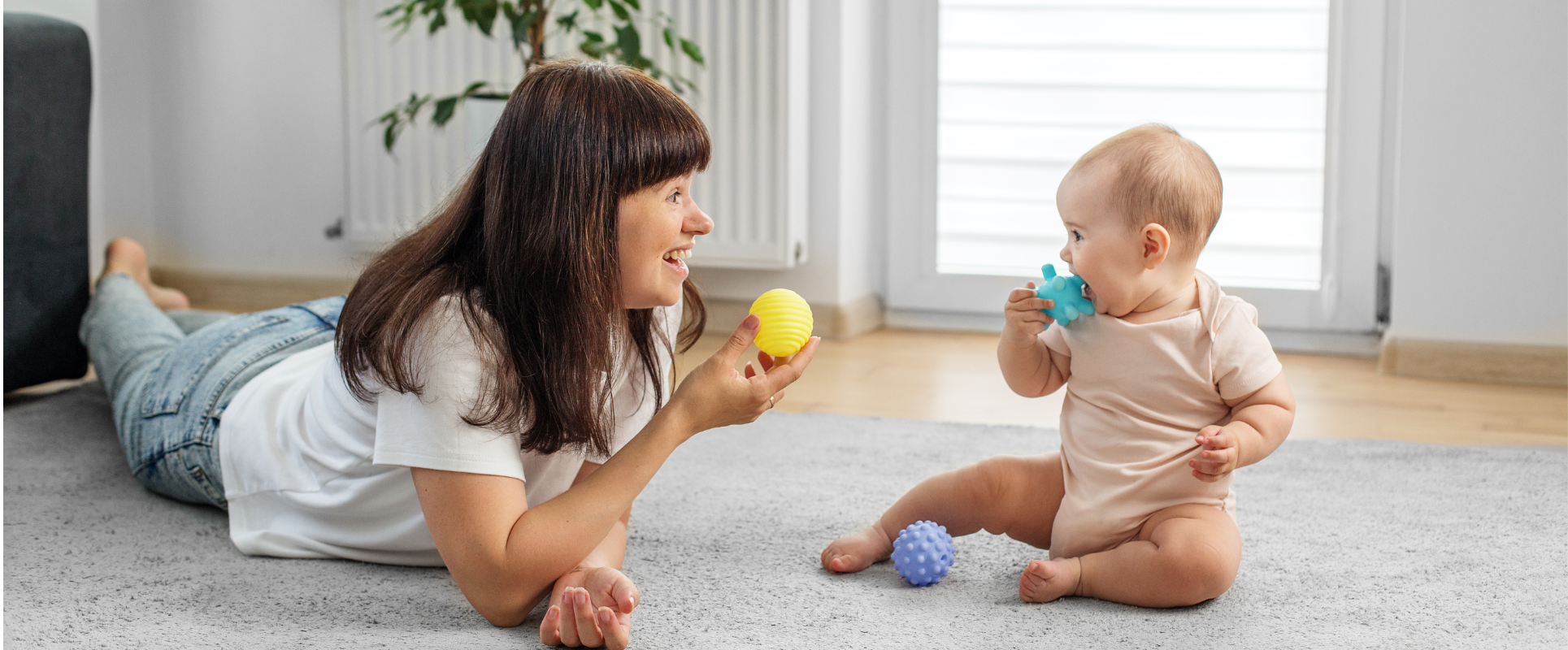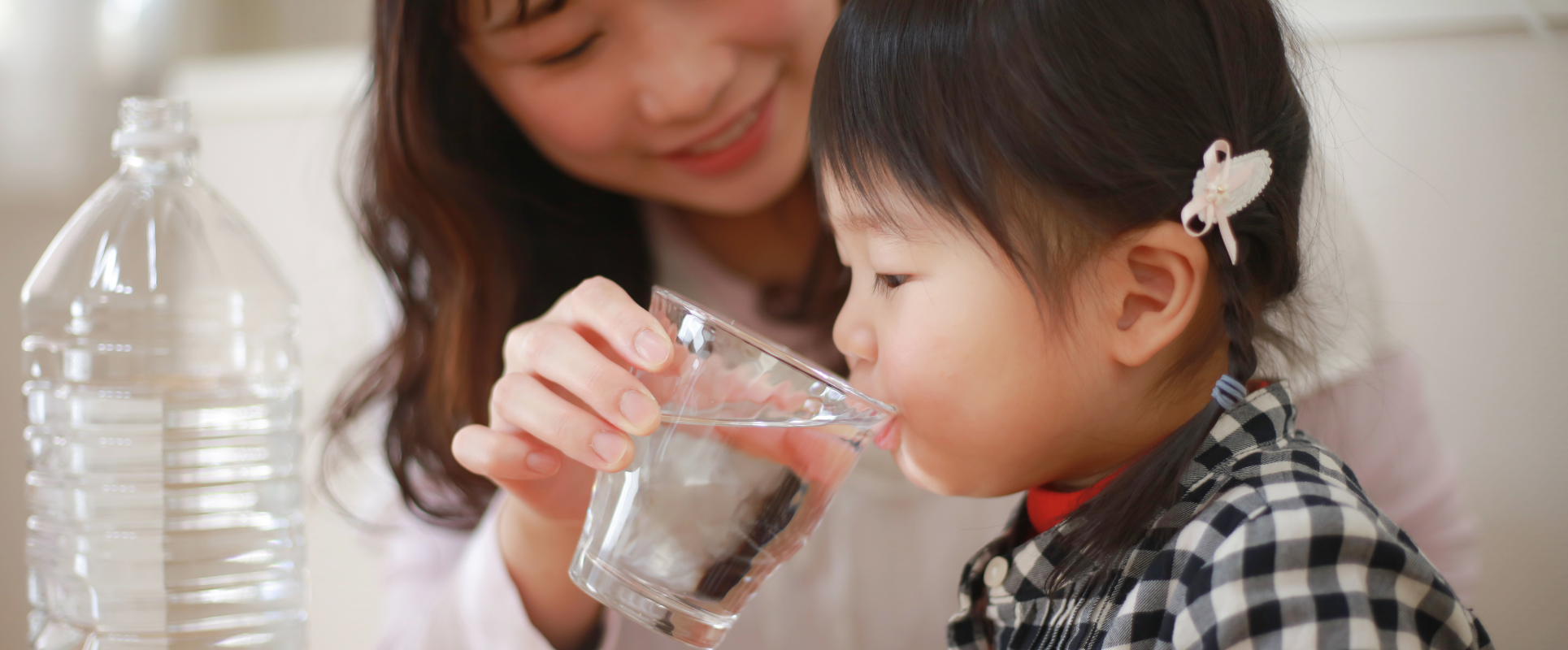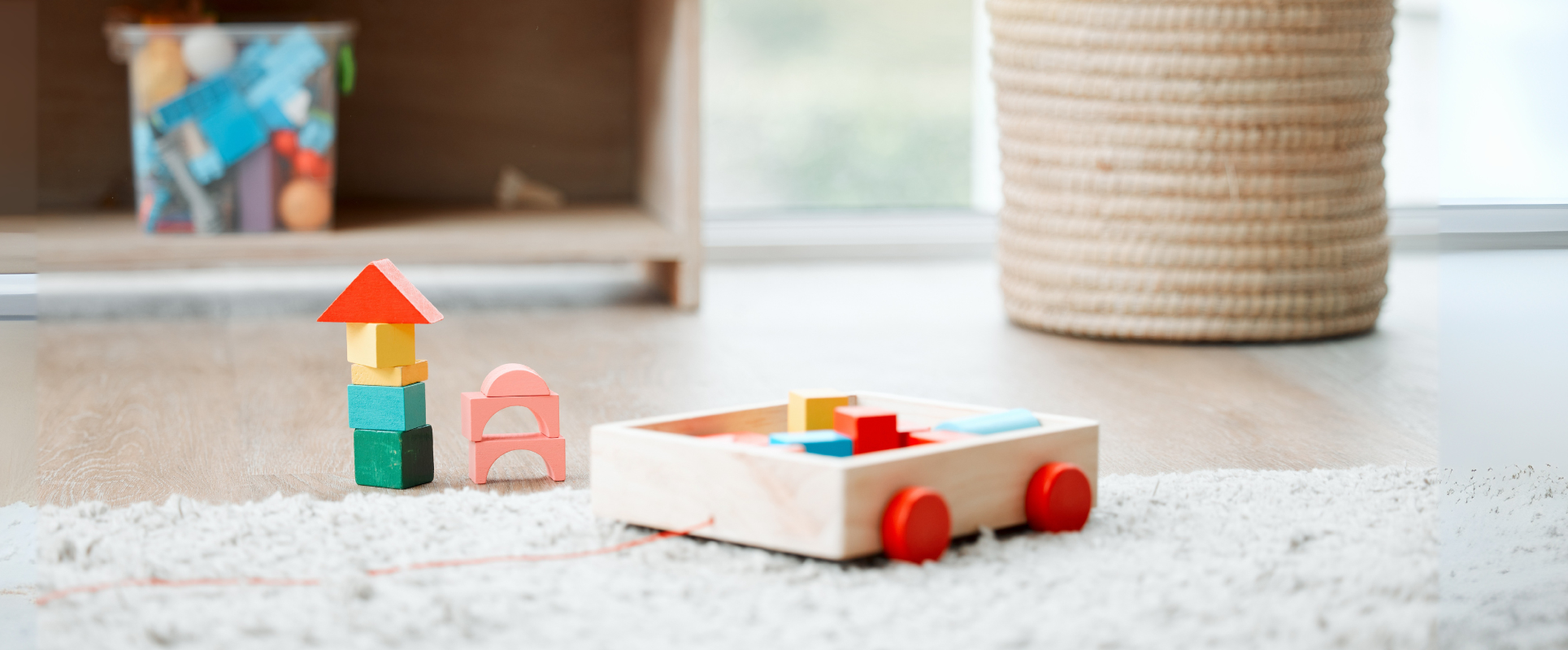
Conjunctivitis (Pink Eye) in Children: Symptoms, Causes, Treatment and Prevention
Conjunctivitis, commonly known as pink eye, is a frequent eye infection in children. It causes redness, irritation and discharge from the eyes, making your child uncomfortable and sometimes contagious to others. Understanding the causes, treatment and prevention of pink eye can help you protect your child’s eye health effectively.
What Is Conjunctivitis (Pink Eye)?
Conjunctivitis is the inflammation of the conjunctiva, the thin, clear tissue lining the white part of the eye and the inner eyelids. It causes redness, tearing, discomfort and discharge, giving the eye a pink appearance.
Types of conjunctivitis:
1. Viral conjunctivitis:
-
Most common in children.
-
Often associated with cold or upper respiratory infections.
-
Highly contagious.
2. Bacterial conjunctivitis:
-
Caused by bacteria like Staphylococcus, Streptococcus or Haemophilus.
-
Produces thick, yellow-green discharge.
-
Contagious.
3. Allergic conjunctivitis:
-
Triggered by allergens like pollen, dust or pet dander.
-
Often seasonal, with itchy, watery eyes, but not contagious.
Sources: CDC, Mayo Clinic, American Academy of Pediatrics (AAP).
Causes of Conjunctivitis in Children
-
Viral infections (adenoviruses)
-
Bacterial infections
-
Allergic reactions (pollen, dust mites)
-
Irritants (chlorine, smoke)
-
Blocked tear ducts in newborns
Children can easily contract conjunctivitis in daycare, schools or crowded environments due to close contact and touching their eyes with unwashed hands.
Symptoms of Pink Eye in Children
Common symptoms include:
-
Redness in one or both eyes
-
Watery or thick discharge (may crust overnight)
-
Itchy or burning eyes
-
Swollen eyelids
-
Increased tearing
-
Sensitivity to light
-
Gritty sensation in the eyes
According to the Nelson Textbook of Pediatrics (21st Edition), most cases of conjunctivitis in children are self-limiting but require management to prevent spread.
Is Conjunctivitis Contagious?
-
Viral and bacterial conjunctivitis are highly contagious and can spread easily through direct contact, coughing, sneezing, or contaminated objects.
-
Children should stay home from school or daycare until symptoms improve or after 24 hours of antibiotic treatment if bacterial.
Diagnosis of Conjunctivitis in Children
Pediatricians typically diagnose conjunctivitis based on:
-
Clinical examination of the eyes
-
History of symptoms
-
Swab for bacterial culture (if symptoms persist or worsen)
Treatment for Conjunctivitis in Children
1. Viral conjunctivitis:
-
No specific treatment; it resolves within 7–14 days.
-
Apply cool compresses to ease discomfort.
-
Artificial tears may help relieve irritation.
2. Bacterial conjunctivitis:
-
Often treated with antibiotic eye drops or ointments to reduce symptoms and contagiousness.
-
Improvement usually seen within 24–48 hours after starting antibiotics.
3. Allergic conjunctivitis:
-
Treated with antihistamine or anti-allergy eye drops.
-
Avoid allergens when possible.
Home care tips:
-
Use a clean, damp cloth to wipe discharge.
-
Avoid touching or rubbing the eyes.
-
Wash hands frequently.
-
Disinfect surfaces and avoid sharing towels or pillows.
Prevention of Conjunctivitis in Children
-
Teach your child frequent handwashing with soap and water.
-
Avoid touching or rubbing the eyes.
-
Do not share towels, washcloths, or pillowcases.
-
Replace or clean eye makeup regularly for older children.
-
Disinfect surfaces and toys frequently.
-
Keep your child home from school or daycare if they have contagious conjunctivitis.
When to Call a Doctor
Seek medical advice if:
-
Eye pain or severe discomfort
-
Vision changes (blurred vision)
-
Severe redness or swelling
-
Symptoms persist for more than 7–10 days
-
The child develops fever or extreme irritability
Early medical attention helps prevent complications such as keratitis or corneal involvement.
Key Takeaways
-
Conjunctivitis is common in children, causing red, irritated eyes and discharge.
-
Viral and bacterial pink eye are contagious, while allergic pink eye is not.
-
Good hygiene, prompt treatment, and avoiding eye rubbing help prevent spread and discomfort.
References
-
Centers for Disease Control and Prevention (CDC). https://www.cdc.gov/conjunctivitis/index.html
-
Mayo Clinic. https://www.mayoclinic.org/diseases-conditions/pink-eye/symptoms-causes/syc-20376355
-
American Academy of Pediatrics (AAP). Conjunctivitis in Children https://www.healthychildren.org/English/health-issues/conditions/eyes/Pages/PinkEye-Conjunctivitis.aspx
-
Kliegman RM, St. Geme JW. Nelson Textbook of Pediatrics, 21st Edition, Elsevier, 2020.








